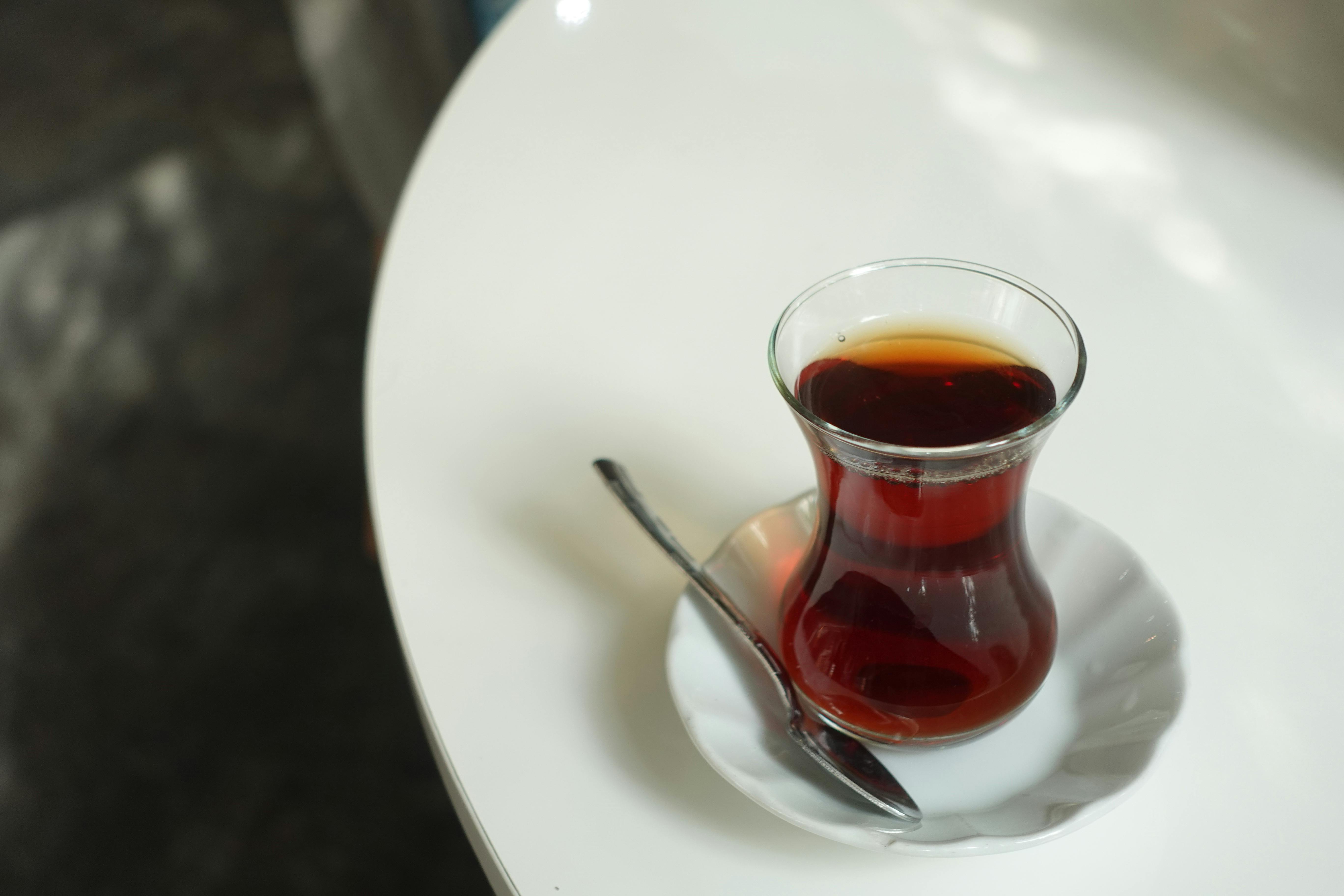Simple distillation and fractional distillation are two commonly used methods of distillation. Both processes involve the separation of one liquid from another through the use of heat and/or pressure. While simple distillation is less efficient than fractional distillation, it is often used when the goal is to obtain a purer product in a simpler way. In this article, we will discuss which method is more efficient – simple or fractional distillation – and why.Simple distillation is a process of separating or purifying two or more liquids from each other based on their different boiling points. It is a form of physical separation process in which the components of a mixture are separated by heating the mixture to its boiling point and then collecting the vapor that condenses. The vapor is then cooled, condensed, and collected in a separate container.
Fractional Distillation
Fractional distillation is a method of separating a mixture of two or more liquids with different boiling points. It is a common technique used in the laboratory and industrial settings to separate complex mixtures such as crude oil, synthetic fuels, and petrochemicals. The process involves heating the mixture until it boils, then collecting the vapours that are produced. These vapours are then condensed and separated into different fractions based on their boiling points. Each fraction contains different compounds that can be isolated for further use or study. Fractional distillation is an important tool for chemists, as it allows them to isolate specific compounds from complex mixtures for further analysis or use in organic synthesis.
The fractional distillation process requires careful control of temperature and pressure to ensure that the desired components are separated from the mixture without degrading them. Depending on the complexity of the mixture, multiple fractionation steps may be required to achieve a satisfactory purity level. Fractional distillation is also used to purify distilled spirits such as whisky, gin, and vodka by separating ethanol from other compounds present in the spirit.
Comparison of Simple and Fractional Distillation
Simple distillation is a process of separating two liquids with different boiling points, such as water and ethanol, from one another. It is done by heating the mixture until the liquid with the lowest boiling point vaporizes, then condensing the vapors and collecting them in a separate container. This process works best when there is a significant difference between the boiling points of the two liquids being separated.
Fractional distillation, on the other hand, is used to separate mixtures that have very similar boiling points, such as gasoline and diesel fuel. It utilizes a fractionating column which has many plates or trays that allow for multiple vaporization-condensation cycles within the column. This allows for more efficient separation of components with similar boiling points by allowing them to be collected at different levels within the column.
Both simple and fractional distillation are used in industries such as petroleum refining and chemical production where it is important to separate components of mixtures accurately. However, fractional distillation offers more precise separation than simple distillation since it can be used to separate components that have very similar boiling points. Additionally, fraction
Advantages of Simple Distillation
Simple distillation is a process used to separate and purify liquids. It is a relatively simple and cost-effective method of separating components in a mixture based on their different boiling points. Simple distillation offers several advantages, including the ability to easily separate mixtures of volatile liquids, low cost, and ease of operation.
The main advantage of simple distillation is that it can easily separate mixtures of volatile liquids. By heating the mixture to its boiling point, the components with lower boiling points will vaporize first, while the components with higher boiling points remain in the liquid phase. As the vapor rises and cools, it condenses back into liquid form, allowing for easy separation of the components.
Another advantage of simple distillation is that it is relatively inexpensive compared to other separation methods. Since only basic equipment such as a heat source and condensing unit are required, there are no significant additional costs associated with this process. Additionally, since there are no complex operations involved in simple distillation, it can be completed quickly and efficiently.
Finally, easy operation is another benefit of using simple distillation for separating volatile liquids
Advantages of Simple Distillation
Simple distillation is a process used to separate compounds based on their boiling points. It is a relatively inexpensive and easy process to use compared to other forms of separation. The main advantage of this process is that it can be used to separate two compounds with very different boiling points. This means that it can be used to separate components with large differences in volatility or boiling points, such as water and ethanol. Additionally, since simple distillation does not require any additional energy input, it is also an energy efficient process. Furthermore, the product of simple distillation can be collected in its pure form which makes it ideal for certain industrial applications.
Disadvantages of Simple Distillation
Simple distillation is not suitable for separating components that have similar boiling points or are close together on the boiling point scale. In addition, the process has certain limitations, including the fact that it cannot separate substances which have similar physical properties like density or viscosity. Furthermore, simple distillation does not work well when there are multiple components present in the mixture as this makes separation more complicated and

Advantages of Fractional Distillation
Fractional distillation is an important chemical process that is used to separate mixtures of liquids. It has many advantages over other distillation processes, making it a popular choice for a variety of applications. The most notable advantage of fractional distillation is its ability to separate liquids based on their boiling points, which allows for higher purity in the end product. Additionally, since the process can be tailored to individual mixtures, it can be used to separate complex mixtures that would otherwise be impossible to separate. Moreover, fractional distillation requires less energy than other methods and produces fewer byproducts. This makes the process more cost-effective and efficient. Finally, fractional distillation can also be used to purify liquids with low boiling points which are not suitable for other processes such as simple distillation.
Overall, fractional distillation offers many advantages over other types of distillation processes. Its ability to precisely separate mixtures based on their boiling points makes it an ideal choice for many applications where high purity is required. Furthermore, its efficiency and cost-effectiveness make it a more attractive option than other methods. Finally
Advantages of Fractional Distillation
Fractional distillation is a process that involves separating a mixture of liquids into its various components based on their boiling points. This method is widely used in the petroleum and chemical industries as it allows for the separation of compounds that have similar boiling points. The main advantages of fractional distillation are its high efficiency, low cost, and ease of operation. It also produces a high-quality product with minimal contamination from other materials. Furthermore, fractional distillation can be used to separate complex mixtures into individual components and can be repeated multiple times to further refine the end product.
Disadvantages of Fractional Distillation
Despite its many advantages, fractional distillation has some drawbacks that should be considered before using this method for any application. Firstly, the process requires large amounts of energy which can be costly and time-consuming. Additionally, the process is not suitable for liquids with high boiling points as it may require excessive temperatures or pressures to separate them effectively. Finally, fractional distillation does not produce pure products and may require additional purification steps to obtain highly
Factors Affecting Efficiency in Both Methods
The efficiency of both manual and automated methods depends on several factors, including the complexity of the task and the time required for its completion. Manual processes require more time and resources than automated processes, as manual tasks typically involve multiple steps and may require additional personnel to be completed. Automated processes, on the other hand, are often much faster and require fewer resources. Additionally, manual methods rely heavily on human input, while automated methods rely more heavily on technology to complete tasks.
The accuracy of the results is also a major factor when considering the efficiency of both manual and automated processes. Manual processes are often prone to human error due to their reliance on human input, while automated processes may provide more accurate results due to their reliance on technology and sophisticated algorithms. Additionally, manual processes may be subject to changes in workflow or process that can affect accuracy over time while automated methods can be updated quickly without disrupting workflow or accuracy.
Finally, the cost associated with each method is an important factor in choosing which method is most efficient for a given task. Manual methods typically require more personnel and resources than automated methods, resulting in

Conclusion
Simple distillation is a cost-effective method for separating two liquids with close boiling points, while fractional distillation is more efficient in separating two liquids with more pronounced differences in their boiling points. Depending on the nature of the liquid mixture, one technique may be better suited than the other. Ultimately, however, both techniques are effective in their own ways and can be used to successfully separate mixtures of liquids.
In conclusion, the choice between simple and fractional distillation ultimately comes down to the type of mixture that needs to be separated. Simple distillation is ideal for separating two liquids with close boiling points while fractional distillation is better suited to separating mixtures of two liquids with more pronounced differences in their boiling points.
